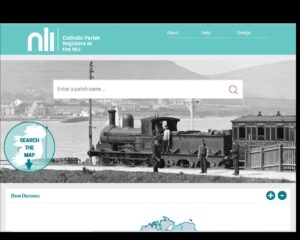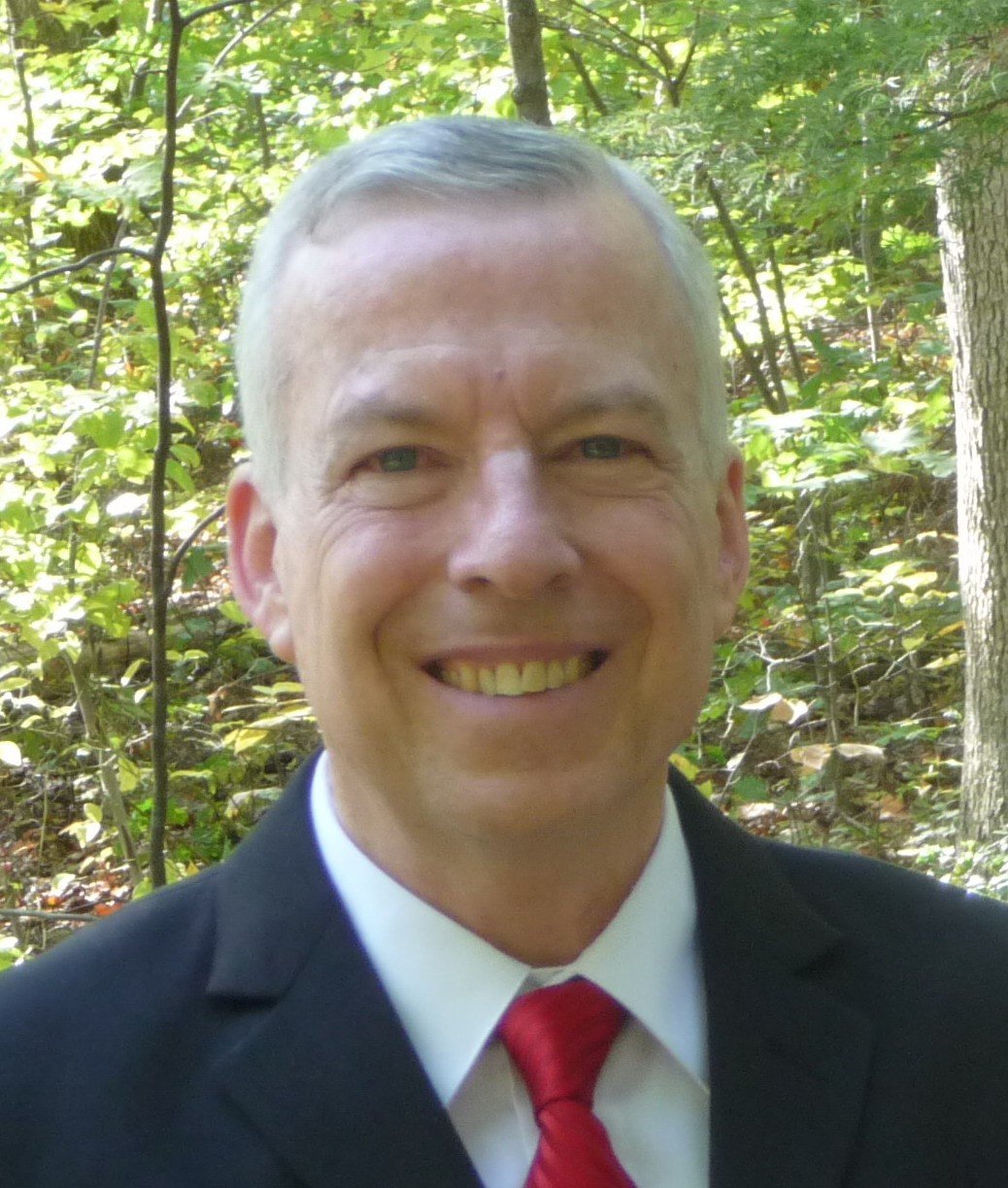 Part 1 of this series discussed how civil registration records can be used to locate the townlands and families of Irish immigrant ancestors, and how to use both civil records and church registers to trace their families backward and forward. While relying on civil vital records may succeed, the method can be time-consuming, especially for individuals like Michael Spellman who were born before civil registration commenced in 1864. As I learned the hard way, using church records is more likely to produce results, perhaps immediately.
Part 2 will explain how I belatedly discovered the existence of indexes to church records that would have worked even better, together with lessons learned and recommendations to facilitate future research.
Part 1 of this series discussed how civil registration records can be used to locate the townlands and families of Irish immigrant ancestors, and how to use both civil records and church registers to trace their families backward and forward. While relying on civil vital records may succeed, the method can be time-consuming, especially for individuals like Michael Spellman who were born before civil registration commenced in 1864. As I learned the hard way, using church records is more likely to produce results, perhaps immediately.
Part 2 will explain how I belatedly discovered the existence of indexes to church records that would have worked even better, together with lessons learned and recommendations to facilitate future research.
For a short time I felt quite satisfied with myself for having found Michael Spellman’s family and townland, and populating an entire branch on Mom’s Irish side of my family tree. I was especially pleased that I had figured out a way to find where Irish ancestors came from by searching the civil registration records and triangulating results. If only that were the whole truth! In fact, it had been some time since I worked intensively in Irish records, so after initially checking the online National Library of Ireland (NLI) parish records but finding no indexes, I used the civil registration records as related in Part 1. That worked well, so I started to write a blog entry to share this success story and the method to facilitate the work of others hunting for places their Irish ancestors lived.
In early April I noticed a short article of immediate interest in the electronic Family Tree Newsletter: “How to Search for Ancestors in Irish Catholic Church Records” by Claire Santry, a revision of her piece in Family Tree Magazine (May/June 2017). It revealed (to me, anyway) that Ancestry and Findmypast had created searchable indexes to the NLI collection of parish registers! If only I had known! Maybe I had read about these indexes before, somewhere, but if so I had forgotten. How embarrassing and frustrating!
In retrospect, I should have first tried the simplest approach to finding Michael Spellman and his parents in Ireland: search the billions of indexed records on the “big four” genealogy megasites...
In retrospect, I should have first tried the simplest approach to finding Michael Spellman and his parents in Ireland: search the billions of indexed records on the “big four” genealogy megasites: Ancestry, FamilySearch, Findmypast, and MyHeritage. Belatedly I did, and quickly found Michael’s 1860 baptism record on FamilySearch Family Tree, FamilySearch Historical Records, Findmypast, and Ancestry. It was not found on MyHeritage, and I did not try www.rootsireland.ie. The search functions on Ancestry and FamilySearch allow filtering by relative’s names, a useful feature not available on Findmypast or www.rootsireland.ie.
Out of shame and curiosity I went back to the NLI parish registers to see whether there is a notice anywhere on its website about the availability of indexes elsewhere. The site allows researchers to find specific parishes, and then to search the records of a single parish. In addition to a map to locate parishes, there are only two links on the parish registers search page. The “About” link offers a brief description of the project to film and digitize the records, but does not mention indexes. I had read that at the outset, assumed there were no indexes, and turned directly to the civil registration. Had I investigated the “Help” link I would have found FAQs, one of which is about indexes and refers to The Irish Family History Foundation’s (IFHF) subscription website (www.rootsireland.ie) and John Grenham’s Irish Ancestors (https://www.johngrenham.com/).
After clicking through Grenham’s site, one eventually learns that the NLI microfilms have been indexed by Ancestry and Findmypast. Furthermore, toward the bottom of the Help page is a question about other NLI resources for family history, where the embedded link leads to a list of other types of NLI records and a 20+ page family history research information booklet. Page 10 of the booklet notes that indexes to the parish record collection are available on the Ancestry, Findmypast, and IFHF sites. I didn’t think I needed any “help,” so I had ignored this link. Initially failing to see anything about indexes to the NLI parish records, I went straight to civil records. Mea culpa! But, still, the circuitous and tortuous routes to information about indexes on the NLI site are not helpful either!
This humbling experience suggests two recommendations: 1) it is always advisable for researchers to spend a few minutes checking out the information and links on web sites before plunging into searches, even if they have previously used the sites, and 2) NLI should put a prominent notice on the main search page of the Catholic Parish Registers collection about the availability of indexes on the Ancestry, Findmypast, and IFHF sites, and noting that FamilySearch is indexing its digitized collection of Irish Catholic parish records. (I have already submitted this recommendation to the NLI on its parish registers “Contact/Send us feedback” form!)
Now better informed about how to navigate the “ins and outs” of Irish civil registration records and Catholic parish registers, I set out to develop a set of recommendations and practical methods for finding ancestors and their abodes, using both sources. That will be the subject of Part 3.
To be continued.
Share this:

About Joe Smaldone
Joe Smaldone and his wife Judy Warwick Smaldone have been researching their family’s history for more than 20 years. Their research has taken them to many national, state, and local libraries, archives, court houses, churches, cemeteries, historical and genealogical societies, and other research sites across the United States, and abroad to Ireland, Italy, and Sweden. They are members of NEHGS and the New York Genealogical and Biographical Society. Joe was an adjunct professor at Georgetown University, where he created and taught a course entitled Your Family in History. He is a Genealogy Research Consultant at the FamilySearch Center, Annapolis, Maryland, and has published numerous genealogical studies, articles, abstracts, blog posts, and indexes.View all posts by Joe Smaldone →